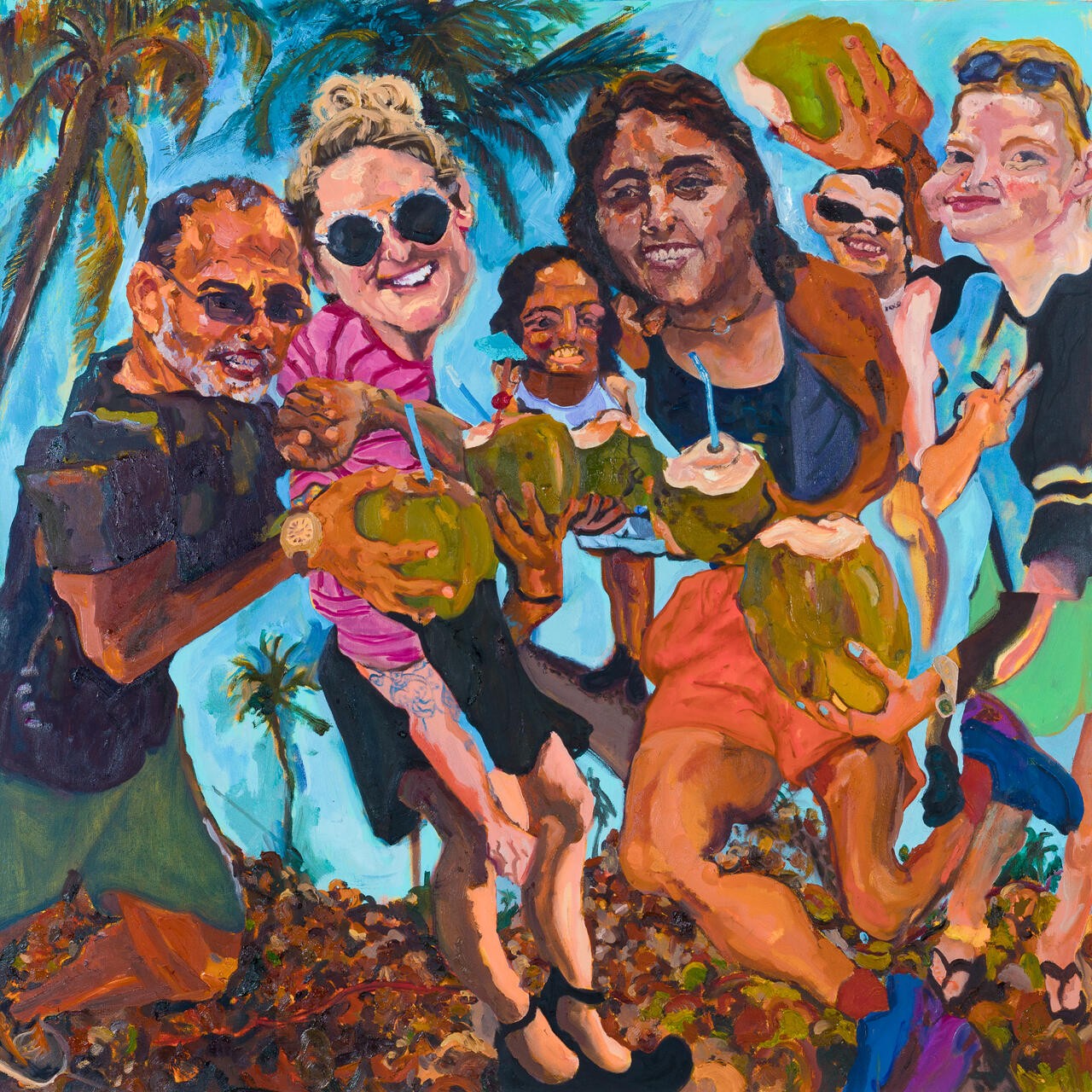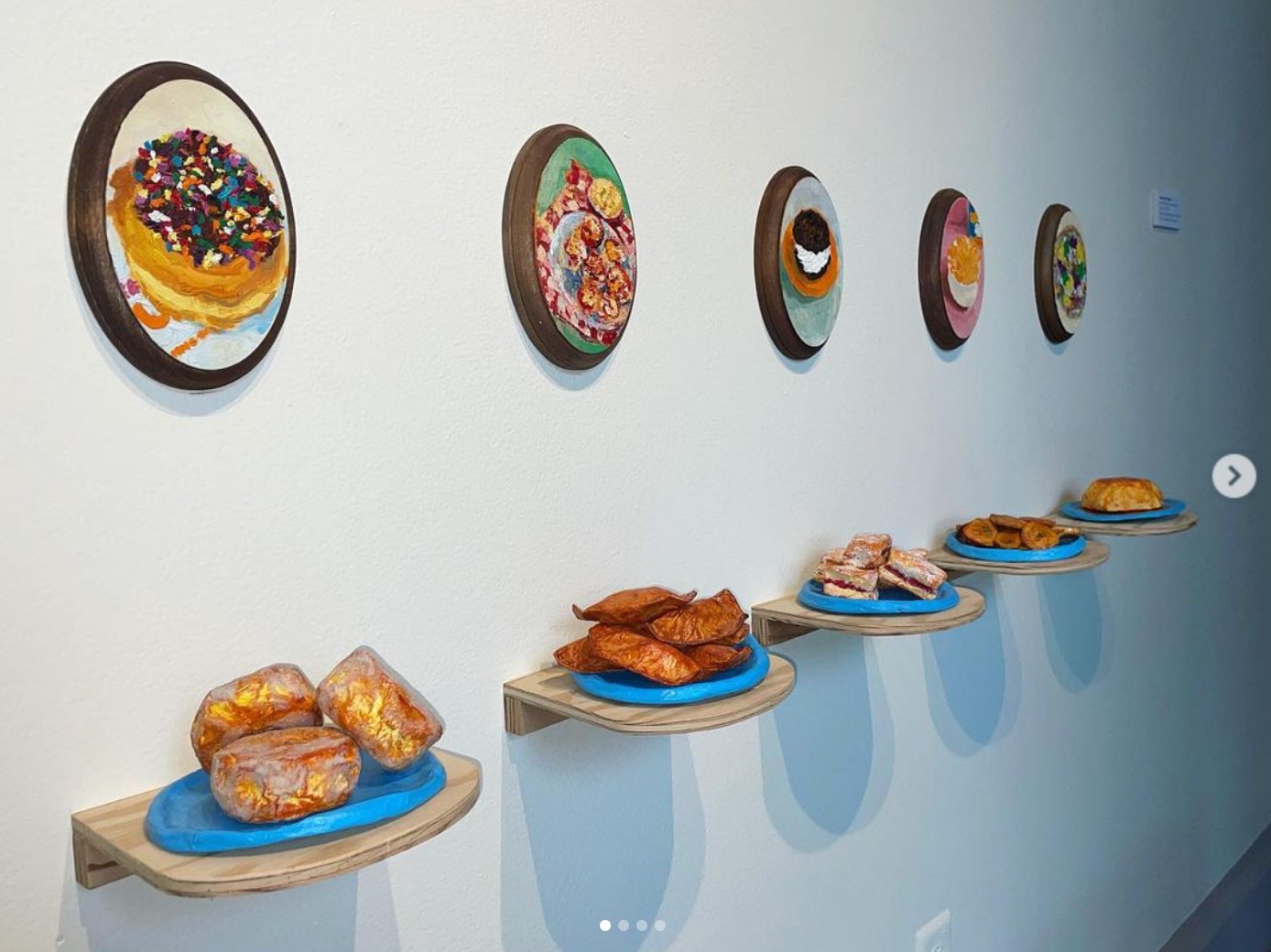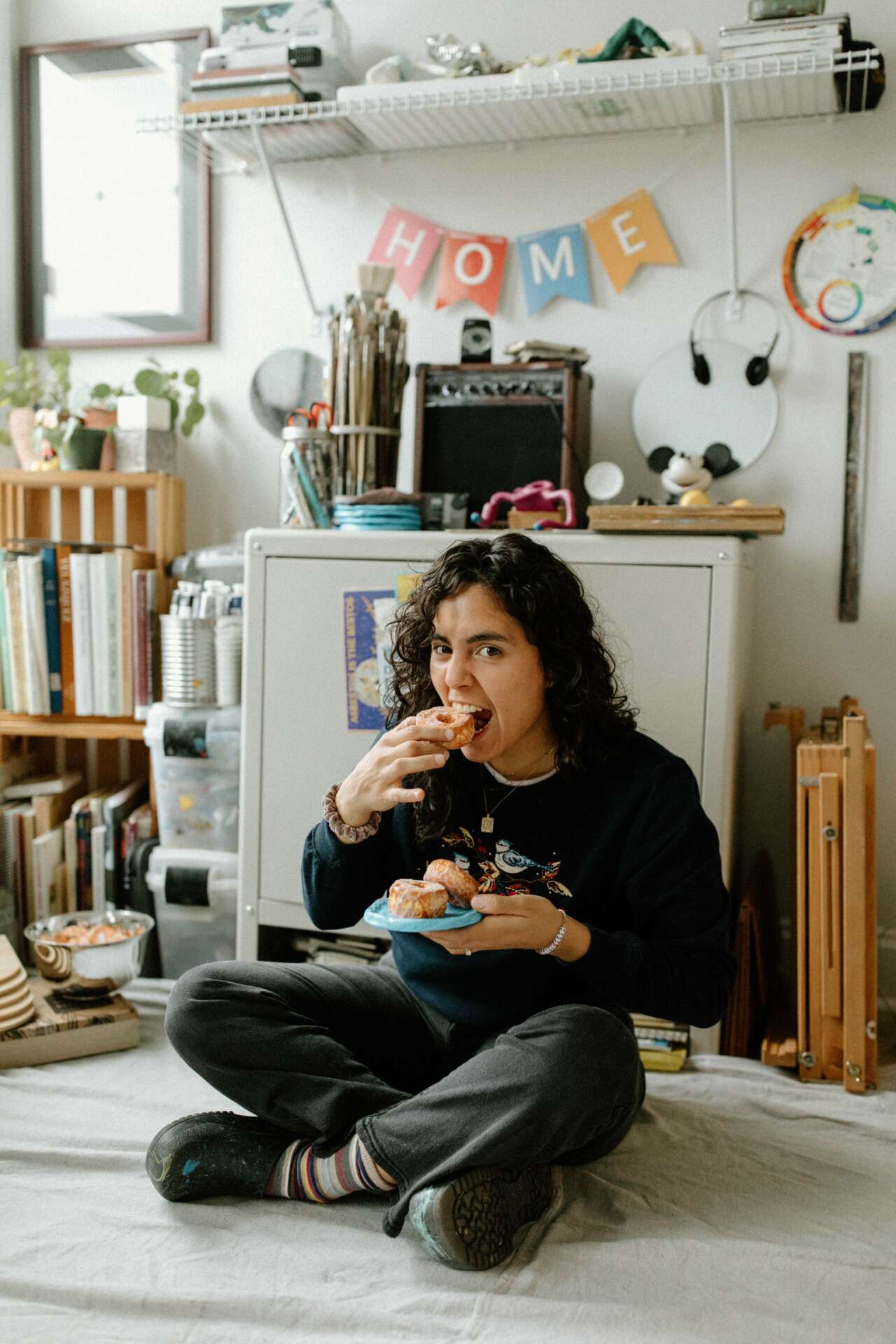We were lucky to catch up with Samantha Kasubaski Rosado recently and have shared our conversation below.
Samantha, thanks for taking the time to share your stories with us today Can you recount a story of an unexpected problem you’ve faced along the way?
When you attend art school, you do not always learn about the business side of being an artist. Marketing, networking, and financial planning are all important in building your career as an artist. It is helpful to join an artist organization, attend conferences, and complete residencies to build your understanding of what it means to be a full-time artist and to find opportunities to learn from other artist’s successes.
It can also be difficult to find a career as a Professor of Visual Art after completing your MFA. Thought it seems to be the most stable route, jobs art limited. You must spend time building your teaching experience through adjunct and workshop opportunities. Collect your best student work so that you can have a strong teaching portfolio. Most importantly, build your own portfolio. The more of an expert you are in the field, the higher your chances of landing an interview! Take time making and doing residencies before jumping into teaching. I made this mistake and had to teach upward of 6 classes per semester to make enough to support myself and contribute to my family. It can get difficult to make your own work when you spend a lot of time grading and prepping. If you go straight into it- make sure you have a weekly calendar and stick to it so that you always find time for making, even it is only 30 minutes on some days. Remember to stay patient in the process- some adjuncts work part-time 6-15 years before landing a full-time opportunity. Be willing to revise and target your writing (you will need multiple documents when applying to be a professor) for each job, and keep your website and resume up-to-date. I used College Art Association to find tips on formatting my resume- something I learned from an artist/professor while at a residency!



Samantha, before we move on to more of these sorts of questions, can you take some time to bring our readers up to speed on you and what you do?
Samantha Kasubaski Rosado is a Puerto Rican, cis-gendered, gay woman who works primarily with collage and oil paint on canvas. Though she was drawn to the arts in her youth, she began oil painting a year after graduating from Mount Holyoke College in 2015. In 2016, Kasubaski Rosado attended a Puerto Rican tiple-making workshop at Trinity College where she was later awarded a 2016-2018 Hilla Rebay Post-Baccalaureate Fellowship in Fine Art and Studio Art. At Trinity College, Kasubaski Rosado decided to become a painter. She found interest in the challenge of color, space development, and compositional relationships. She carried these interests into her assistantship at Arrowmont School of Arts and Crafts, and while completing her MFA at Louisiana State University. Pursuing her MFA inspired a passion for cultural storytelling in the arts using the figure and animals. After graduation, Kasubaski Rosado moved with her wife, corgi, and kitty to Charlotte, NC. From 2021-2023, she was a member of the Studio Artist Program at the McColl Center. In 2022, Kasubaski Rosado completed an Artist Residency at Anderson Ranch in Snowmass Village, CO, had her first post-MFA solo show at TFA Gallery and completed a mural for the City of Charlotte. She currently teaches Fine Art and Design courses at Central Piedmont Community College and Winthrop University, and was recently awarded 2022-2023 Best First-Year Adjunct in the College of Fine Art and Design at Winthrop University. Samantha Kasubaski Rosado is a painter, poet, and storyteller. She uses humor in her work to create captivating imagery and rhythm to guide the viewer through stories and dreamscapes derived from directional lines, figures, and color.

For you, what’s the most rewarding aspect of being a creative?
Stay positive and be patient in the process. Sometimes you make bad work, and sometimes good paintings start off as bad paintings. You have to keep going. Try not to guild yourself when you are not making, and take advantage of any time you do have to be creative. It is all eventually going to show up in the work. Just keep making. Do not compare yourself to others, but find things that inspire you to learn and improve your skills.

How about pivoting – can you share the story of a time you’ve had to pivot?
I am actually currently in a time of pivot in my career. I have been teaching for two years post MFA. I work 3-4 jobs and teach 4-6 classes at 3 colleges. I know that I want more time to make my work and spend time with my family, and I am hoping that making a career change will allow me more financial stability while also allowing more time to create (and relax!). With a more extensive portfolio, I will be more marketable. I can come back to teaching when the time is right. It is a scary time of transition, because I like what I do, but the dream of being a professor is not lost, just pushed back to a later date. I am thinking about shifting into marketing and graphic design for now. I teach courses in graphic design/illustration already, so I hope that adding more experience to my resume will help me find a job in either painting/ drawing or illustration/design.
Contact Info:
- Website: www.sa5mantharosado.com
- Instagram: instagr.am/Sa5mantha.Rosado
- Facebook: fb.co/sa5mantha.rosado
- Linkedin: linkedin.com/user/SammieKRosado
- Other: Website will be changing in January to www.sammiekrosado.com
Image Credits
Headshot by Vanessa Venable (@vanessavisual)


